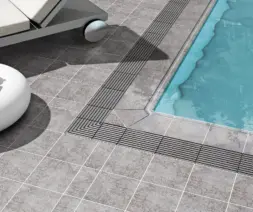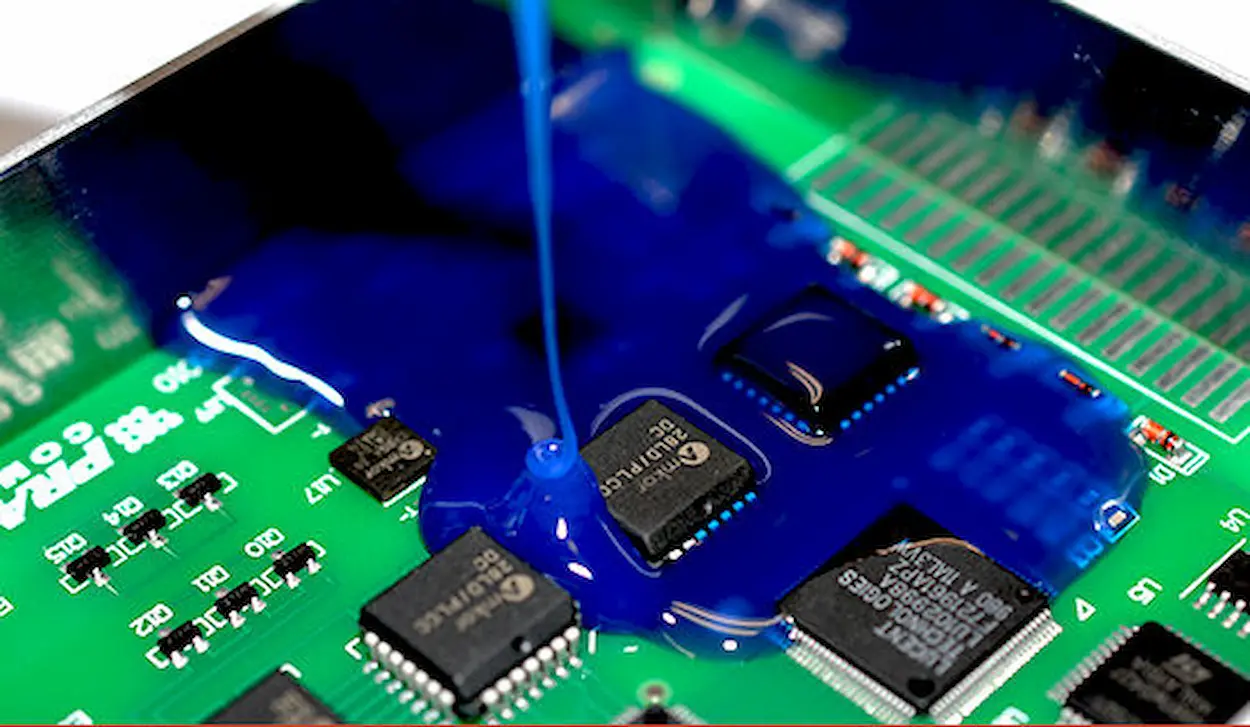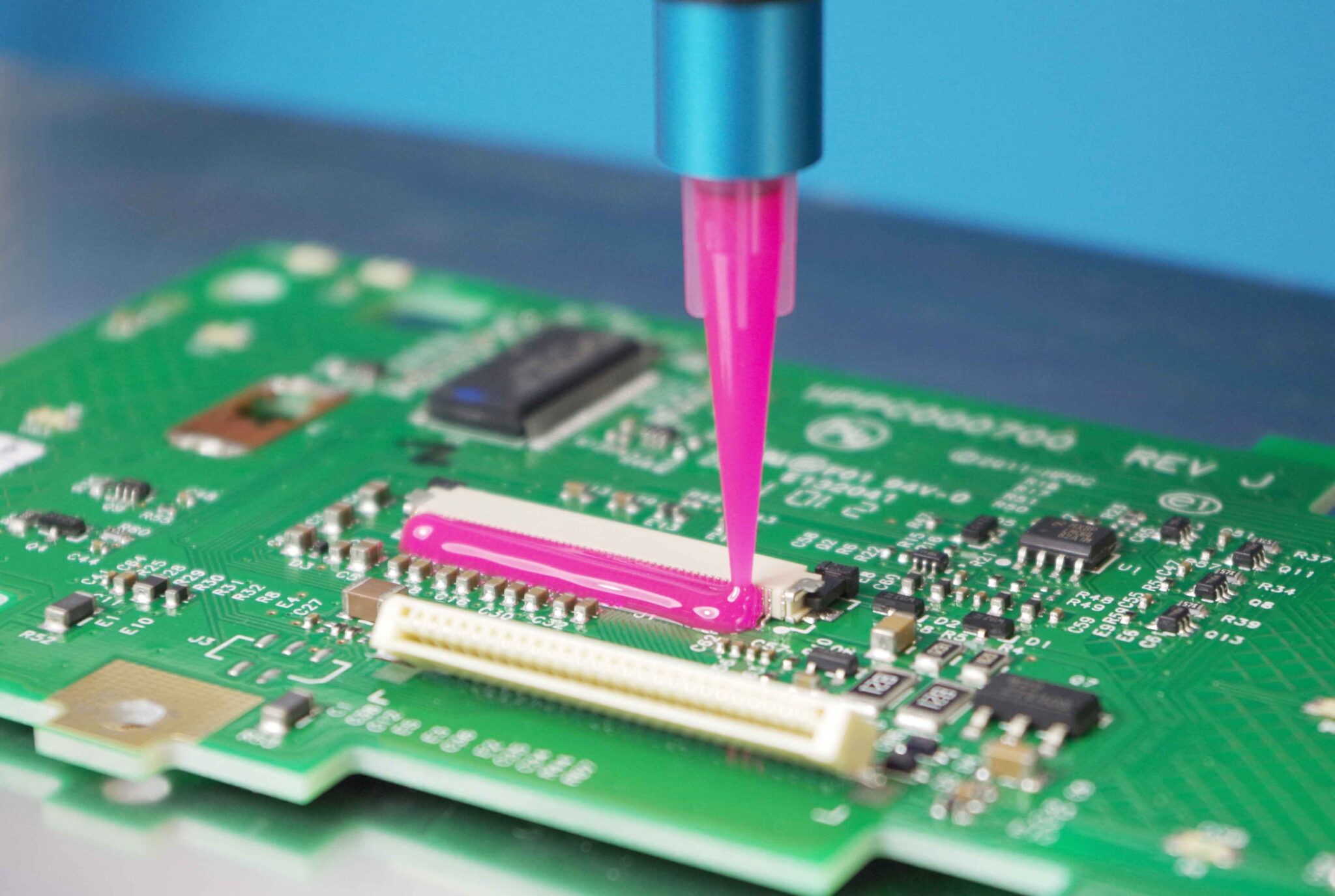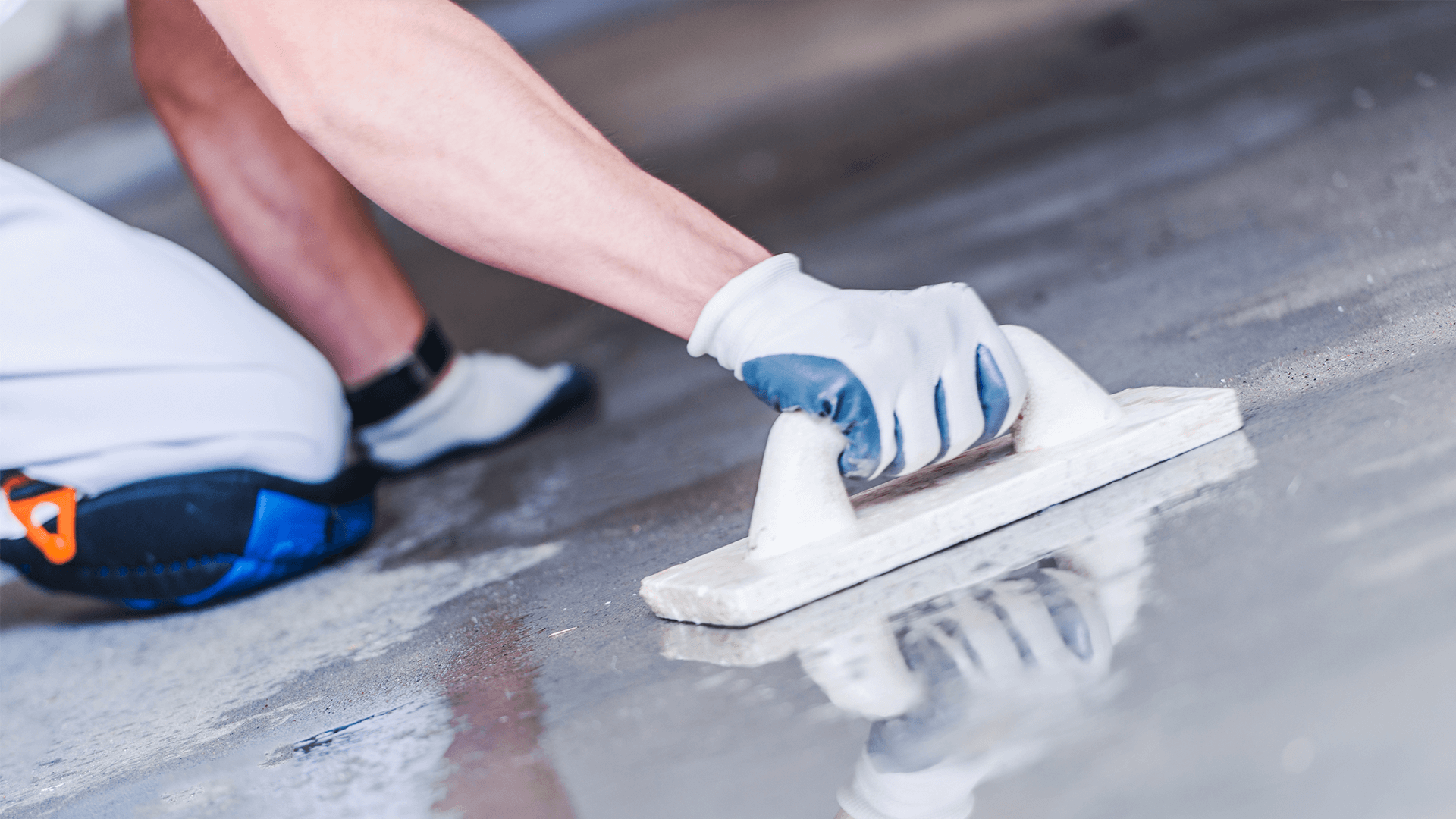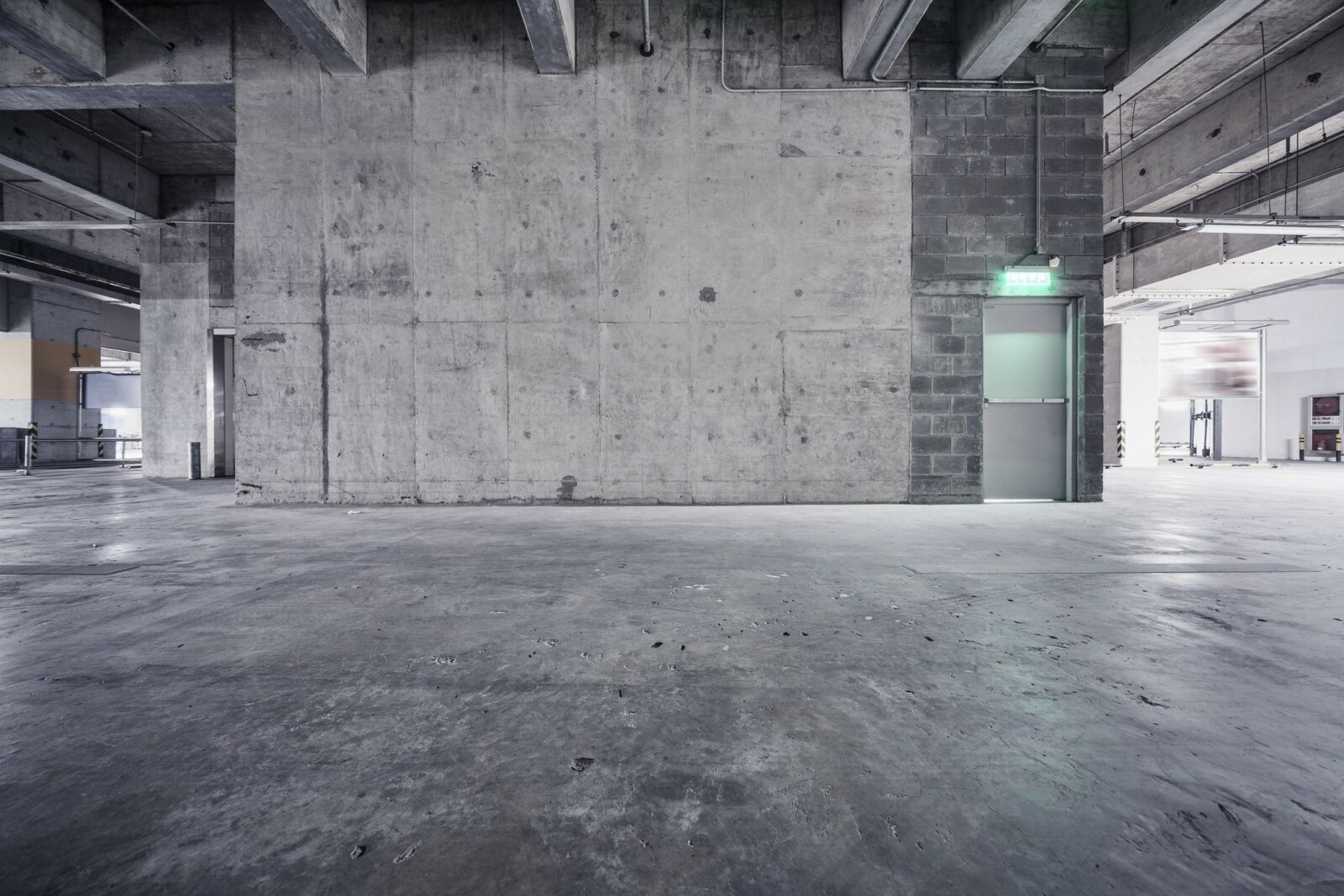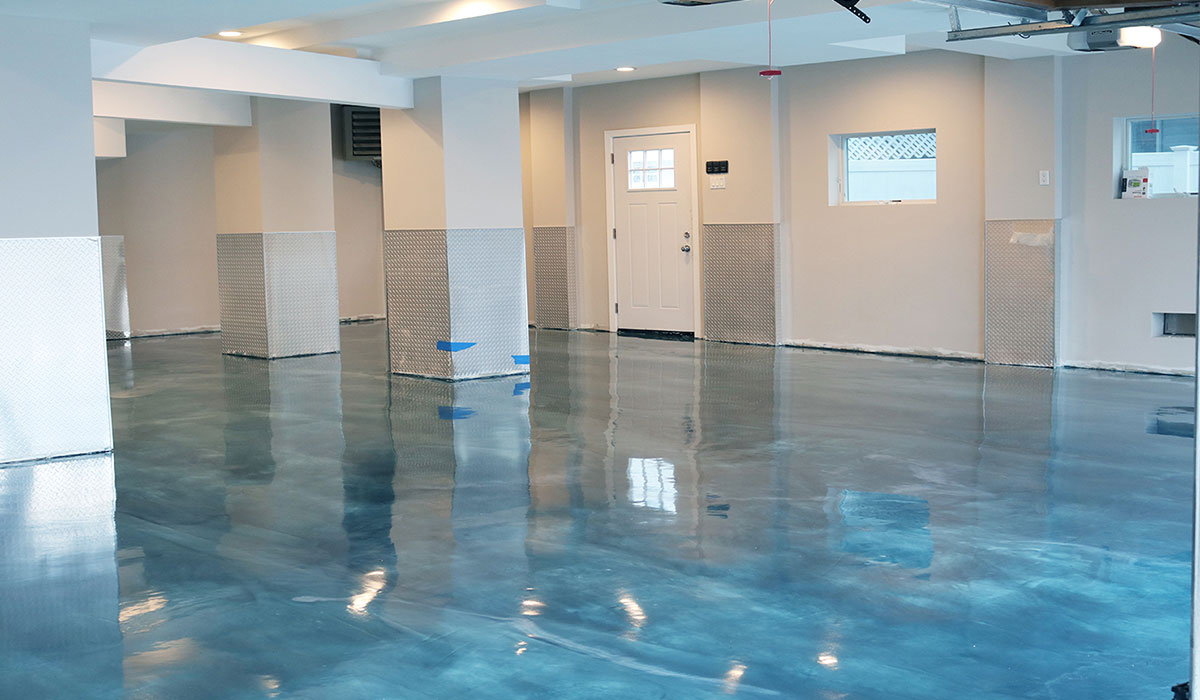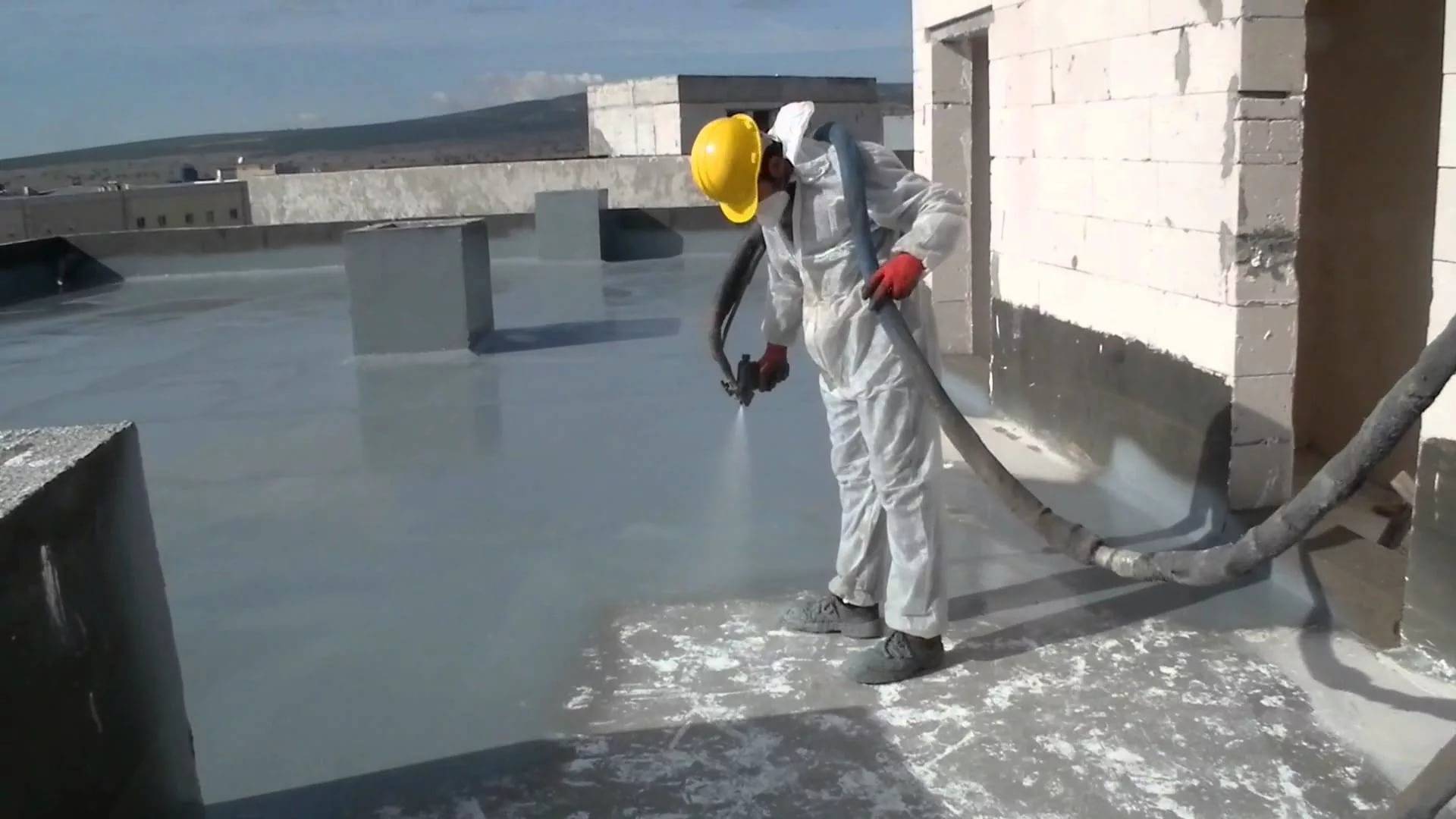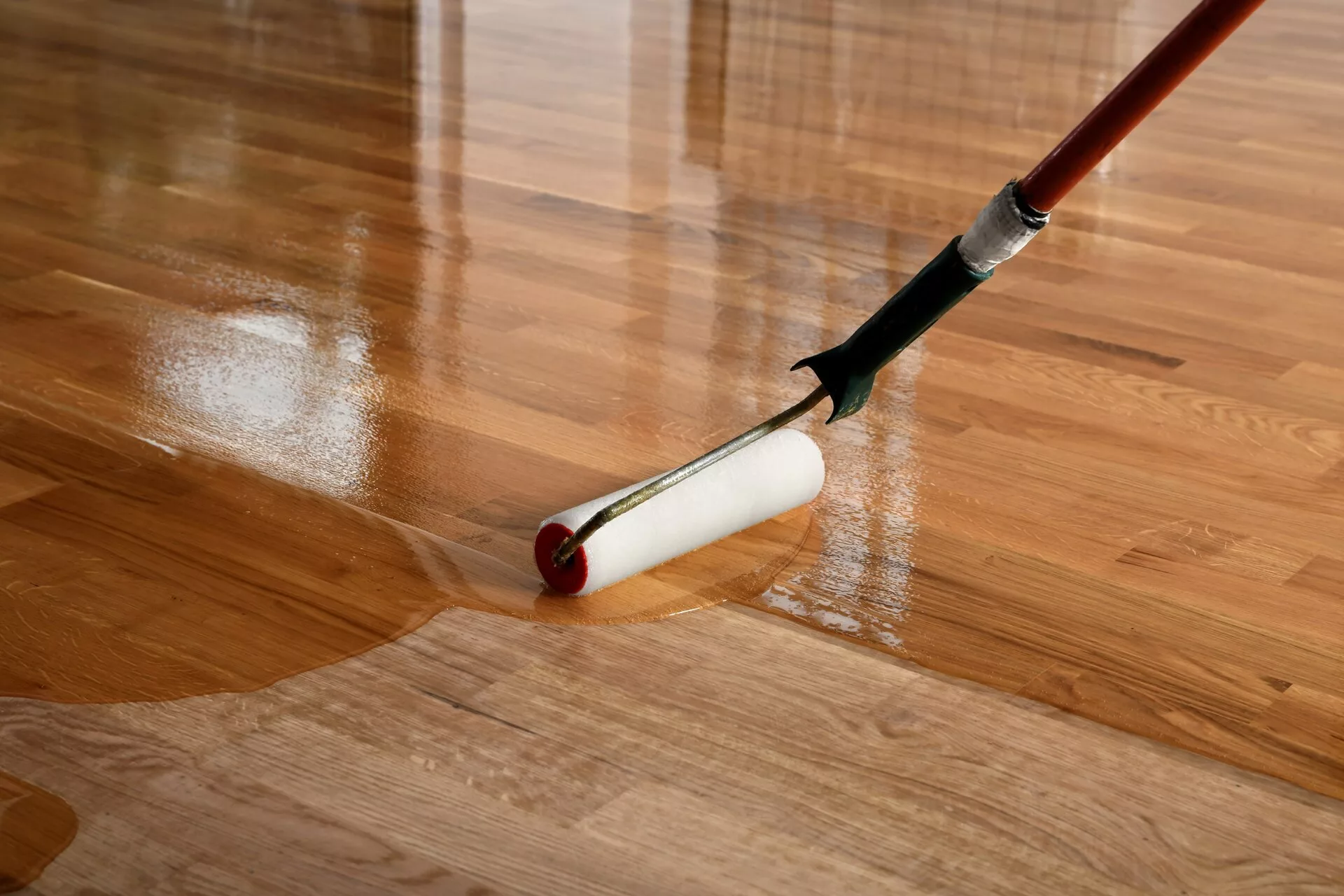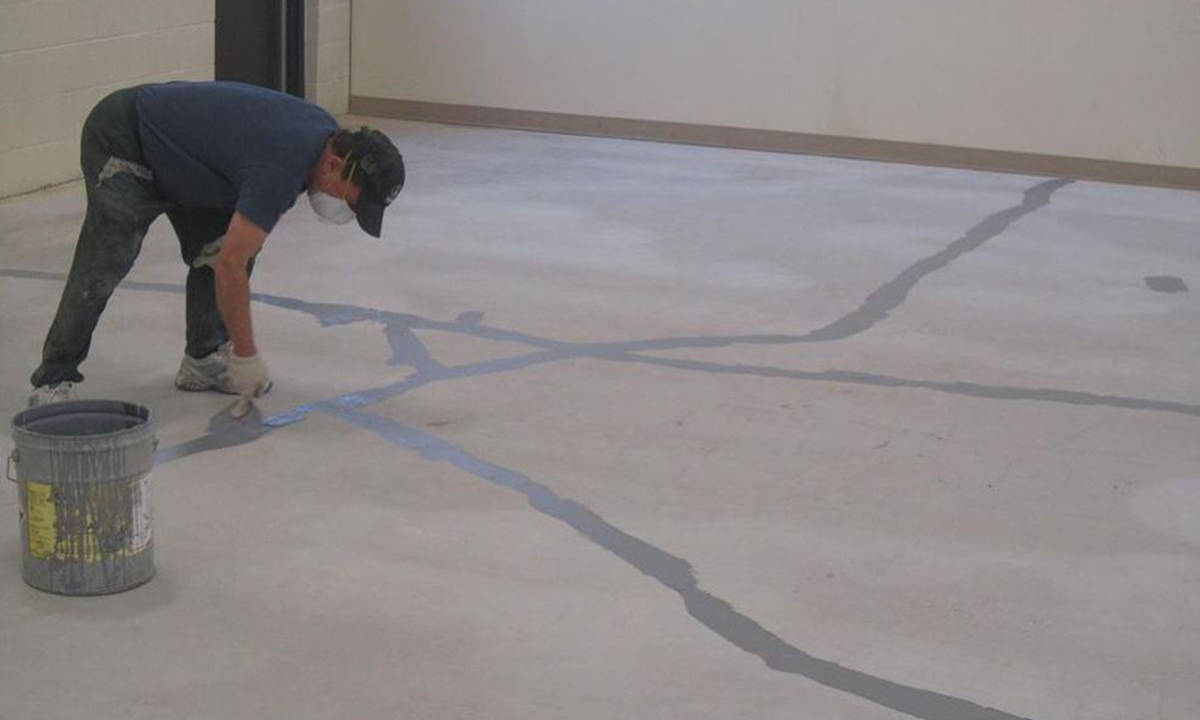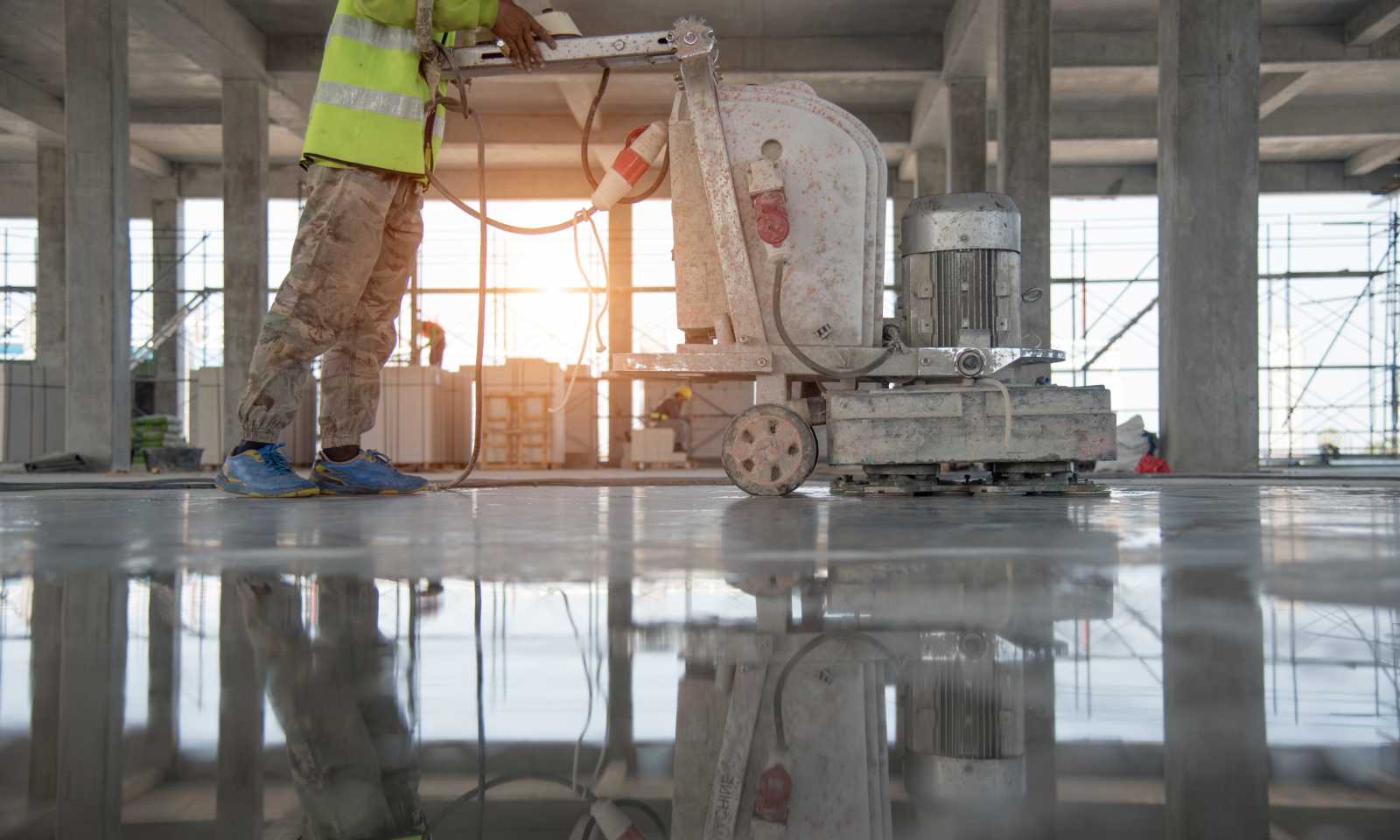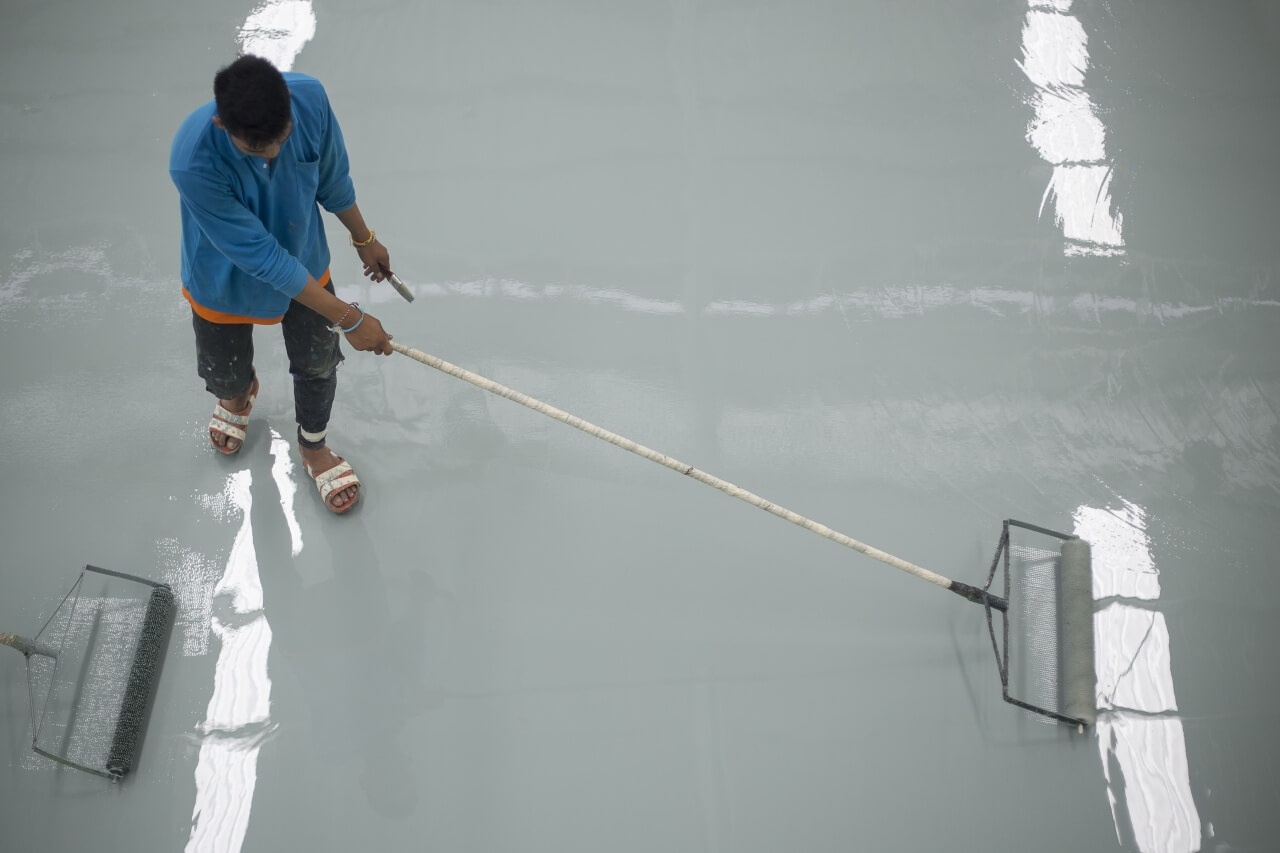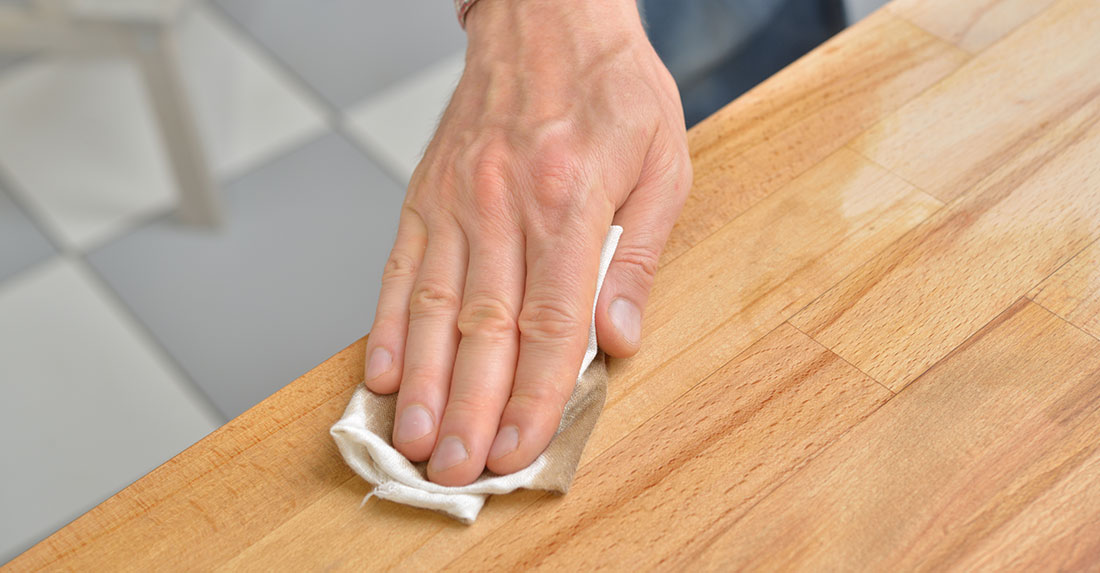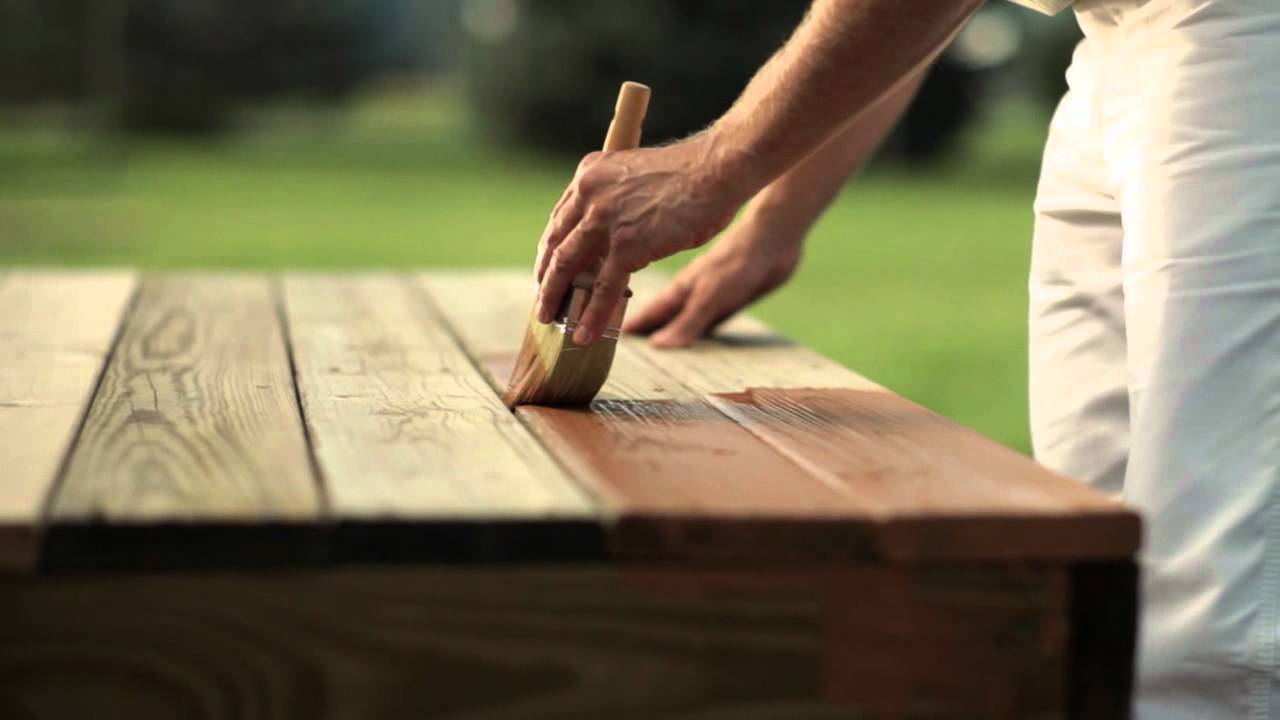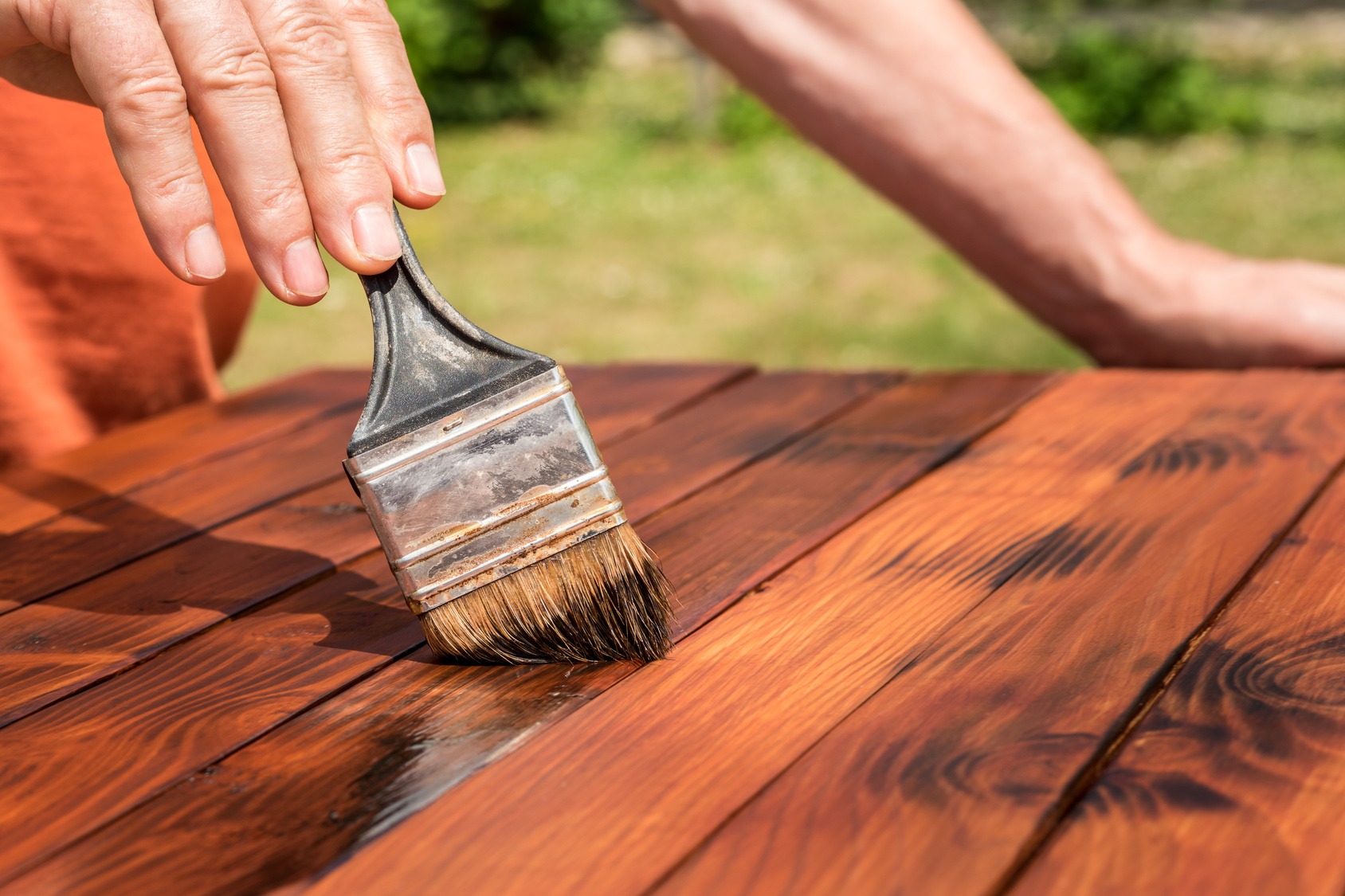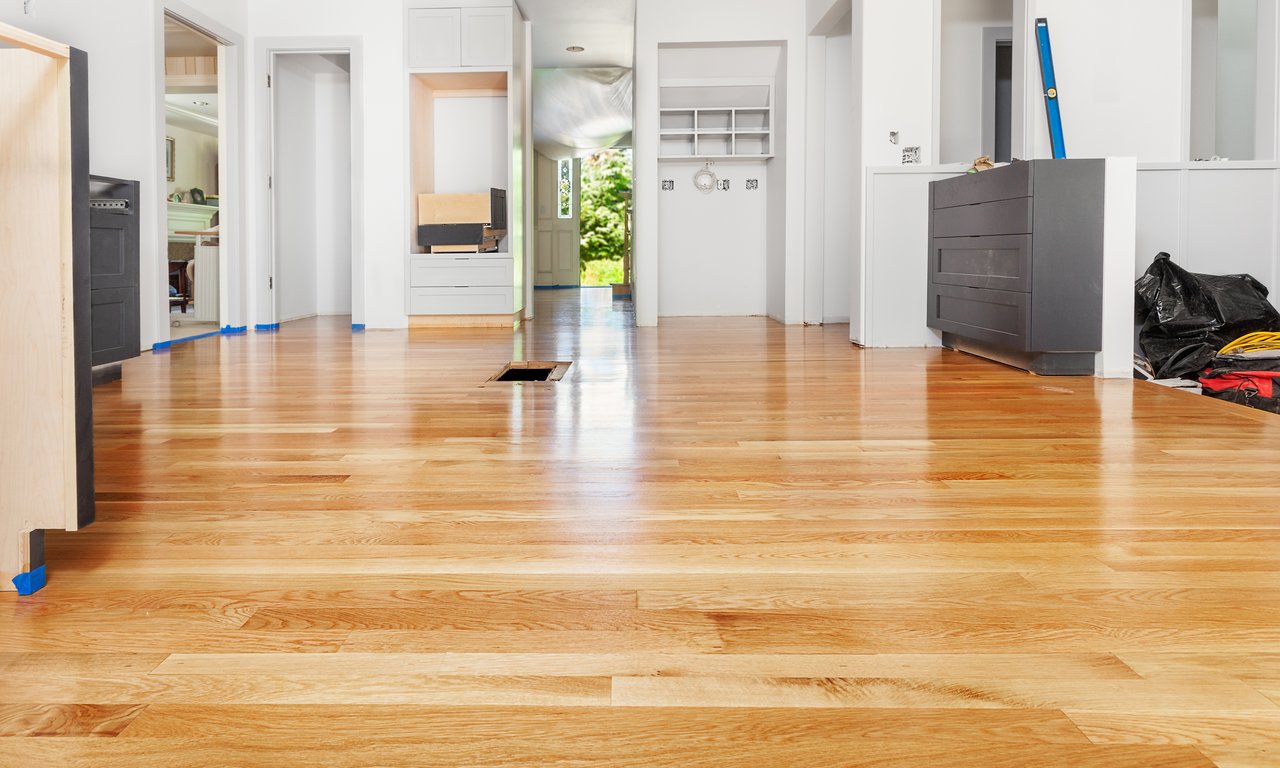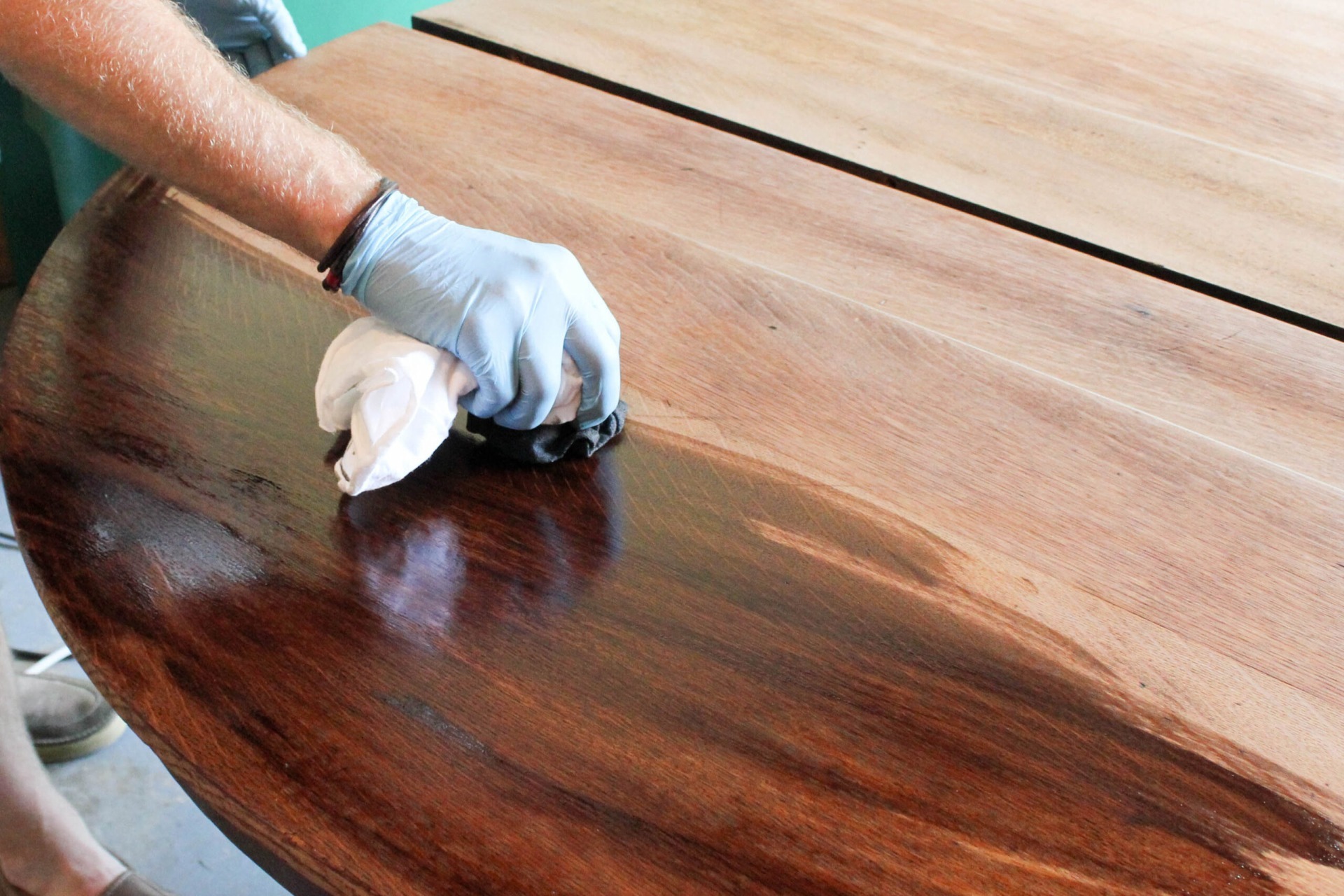Choosing the Right Floor Finish For Slip Resistance
When it comes to ensuring safety in any space, one of the critical considerations is slip-resistant coating. It is key to preventing slips and falls. This is true for commercial buildings, homes, and public areas. The type of finish matters for all floors. This guide covers the types of finishes. They are available for flooring to make it slip-resistant. We also recommend the best options.
Types of Slip-Resistant Finishes
Epoxy Coatings
Epoxy coatings are popular for their durability, resistance to chemicals, and abrasion. These finishes can be enhanced with additives, such as aggregate materials, to improve slip resistance. The texture provided by these additives creates a surface that offers better traction, reducing the risk of slips.
Polyurethane Finishes
Polyurethane finishes offer excellent durability and are resistant to scratches and stains. Like epoxy coatings, you can customize polyurethane finishes with additives. These additives improve slip resistance. By adding textured aggregates to the finish, polyurethane-coated floors can provide high traction. They do this even in wet conditions.
Rubber Flooring
Rubber flooring is inherently slip-resistant due to its soft, textured surface. It offers cushioning underfoot, making it ideal for areas where comfort is essential, such as gyms and playgrounds. Also, rubber flooring comes in many colors and patterns. They allow for customization to suit any style.
Non-Slip Sealer
Non-slip sealers are applied to existing floor surfaces to improve traction. These sealers penetrate the surface of the floor, creating a microscopic texture that enhances grip. Non-slip sealers are a great option for retrofitting floors. They need added slip-resistant coating, but not an extensive renovation.
What Are Slip-Resistance Coatings?
Before delving into the types of finishes, it's essential to understand what slip resistance entails. Slip resistance refers to the coefficient of friction between a person's foot and the floor surface. A higher friction coefficient means better slip resistance. It reduces accident risk.
Slip-resistant coatings are special treatments. They enhance the friction between shoes and floors. This reduces the risk of slips, trips, and falls. These coatings contain many materials and additives. They are put on floors to improve traction.
Many factors can affect slip resistance. These include the type of floor, the environment (like moisture or surface contaminants), and the design of the footwear. The coatings are made to address these factors. They provide a safer surface for walking indoors and outdoors.
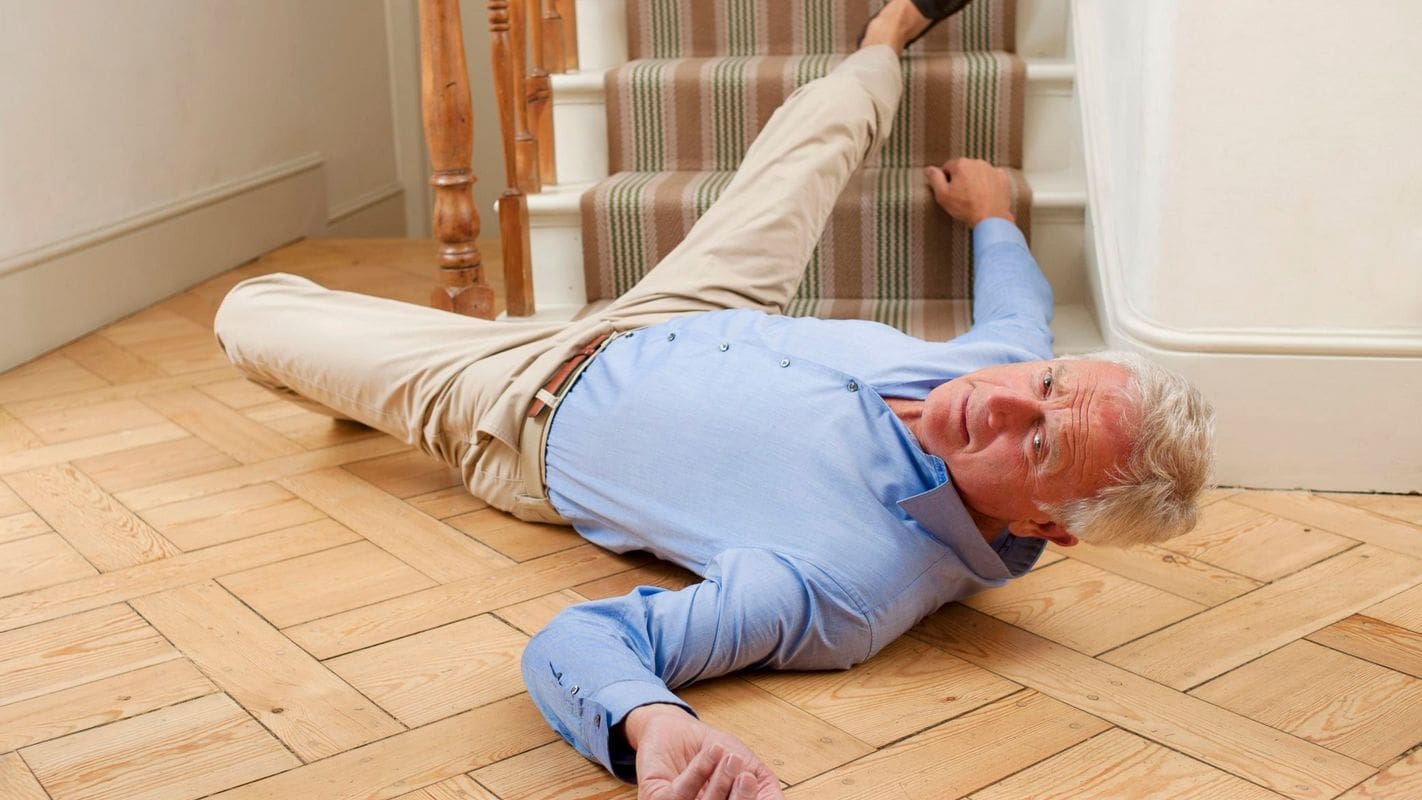
Factors Affecting Slip Resistance
Many factors affect how well a floor finish resists slipping. These factors include the material, surface, and maintenance. Additionally, environmental conditions such as moisture and contaminants can impact slip resistance.
Material Composition:
The composition of the flooring material plays a significant role in determining its slip resistance. Some materials, inherently, offer better traction than others. For example, rubber flooring has a natural grip, so it resists slipping. In contrast, smooth surfaces like polished marble or ceramic tiles may be more slippery, especially when wet.
Surface Texture:
The texture of the flooring surface greatly affects its slip resistance. Rough or textured surfaces offer better traction. They create friction between the shoe sole and the floor. This reduces the risk of slipping. Conversely, smooth surfaces tend to be more slippery, particularly when wet or contaminated.
Coefficient of Friction (COF):
The coefficient of friction is a measure of the force required to move one surface horizontally over another. Floors with a higher COF generally provide better slip resistance. COF can be influenced by factors such as surface texture, material composition, and the presence of contaminants.
Maintenance Procedures:
Proper maintenance is essential for preserving the slip resistance of flooring surfaces. Regular cleaning to remove dirt, grease, and other contaminants can help maintain traction. However, it's crucial to use cleaning methods and products that do not leave behind residue or create slippery surfaces.
Environmental Conditions:
Environmental factors such as moisture, humidity, and temperature can significantly impact slip resistance. Wet surfaces are inherently more slippery, increasing the risk of accidents. These materials are made to be slip-resistant in wet conditions. They have textured surfaces or specialized coatings. They can help reduce these risks.
Contaminants:
The presence of substances like oil, grease, water, or food spills on the floor surface can dramatically reduce slip resistance. Contaminants create a layer that lubricates the shoe sole and the floor. This layer makes slipping more likely. Prompt cleanup of spills and regular removal of debris can help minimize this risk.
Footwear:
The type of footwear worn by individuals traversing the floor also influences slip resistance. Shoes with proper treads or grip patterns can enhance traction and reduce the risk of slipping, especially on smooth or wet surfaces.
Which Is The Right Finish For Your Floor
When you're picking the best finish for floors that need to be slip-resistant, it's really important to think about what the area is used for. You have to consider how many people walk through, if things might get spilled, and if there could be any stuff on the floor that makes it slippery.
In places where many people walk and there might be spills, finishes like epoxy or rough-particle polyurethane are great. They help stop slipping. These finishes are also tough, so they last a long time, even with lots of foot traffic. And in spots where comfort and avoiding bumps are big deals, like hospitals or schools, rubber floors are perfect. They're soft to walk on, and they help keep you from slipping. By thinking about these things and choosing the right finish, you can make sure the floors are safe and last a long time.
Maintenance And Care Of Slip Resistance Floor
Ensuring floors are safe from slips is important. You have to make sure to clean them often with gentle soap and water, and it's crucial to wipe away spills quickly. This prevents slippery stuff from building up, which can make it easier for people to slip and fall. Additionally, sometimes you might need to apply special coatings that help prevent slipping.
These coatings can add an extra layer of protection to the floor. It's also essential to check the floor regularly for any problems, like cracks or broken parts, and fix them as soon as possible. By keeping an eye on the floor and taking care of any issues promptly, you can help maintain its slip resistance. It's also a good idea to teach people how to walk safely on the floor, like taking smaller steps and watching where they're going. Coating manufacturers that make sticky stuff can provide more help and advice on how to keep floors safe. Follow these steps carefully. They will keep the floors safe for everyone to walk on. They will prevent worries about slipping and falling.



